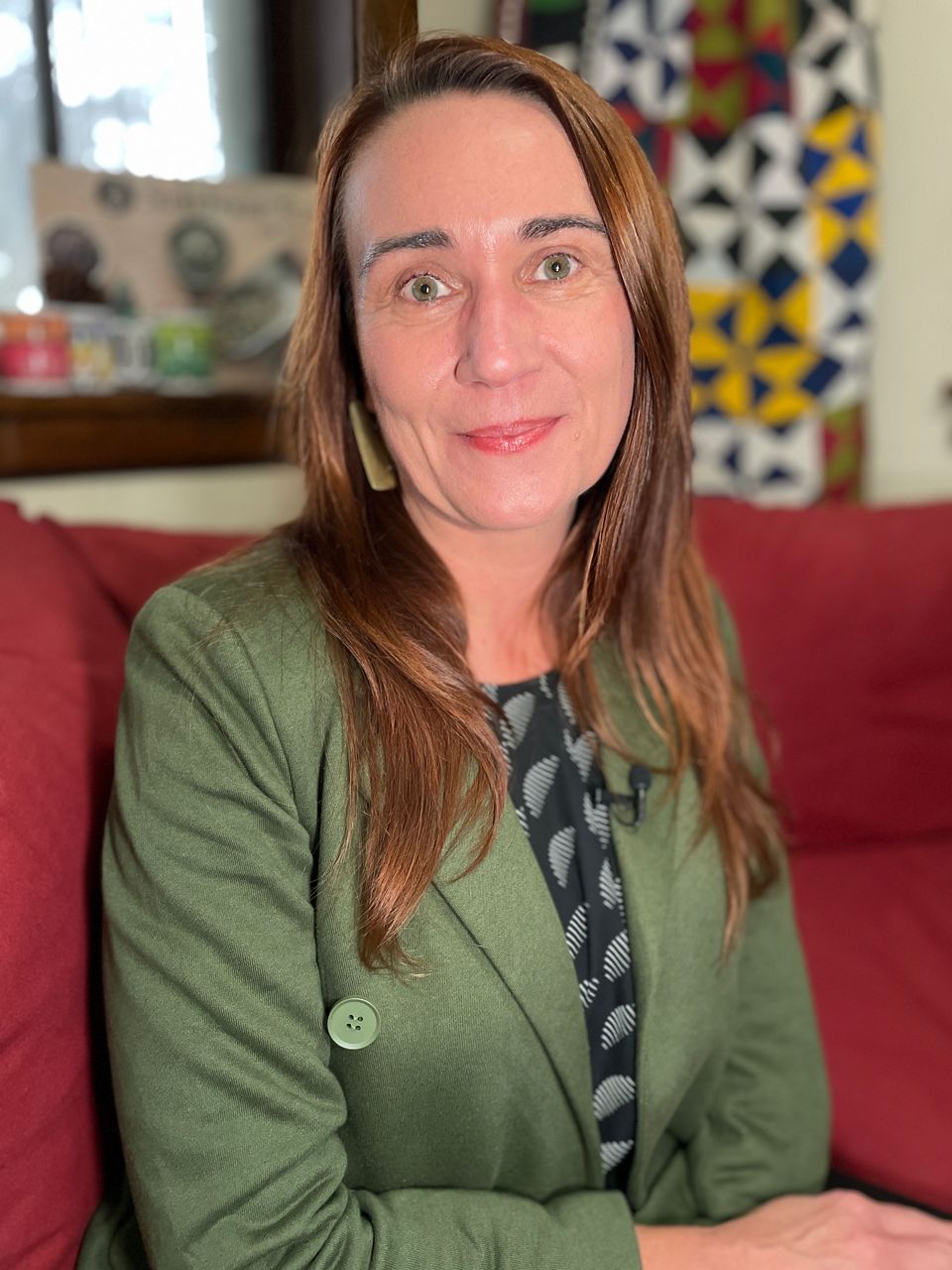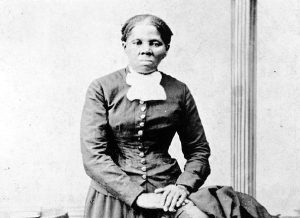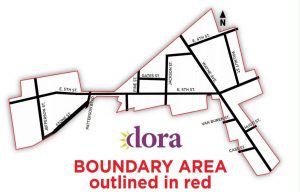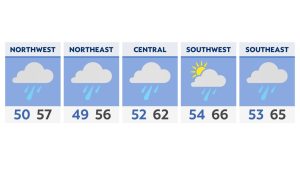CLEVELAND — When Paula Hershman opened Storehouse Tea in 2007, there were two things on the top of her mind, making sure her products were certified organic and also certified fair trade.
Fair trade means the workers who pick her ingredients are paid fair wages, work in safe conditions and earn community development funds to improve their lives.
”It’s just not about the bottom line. It’s not about just making money. It’s about impacting peoples’ lives,” said Paula Hershman, president and founder of Storehouse Tea. “The women that pick the leaves in the tea gardens, they’re mostly women. So we figured we’re a female-owned business. Why not sew into these women’s lives and, and create a product that is solidifying their livelihoods in a certified way knowing that it is, you know, there is money going back to them.”
Being paid fairly and having safe work conditions may seem common, but the United Nations said that’s not the case for more than 25 million people worldwide.
Instead, many people, including children, work in forced labor, which is a form of human trafficking.
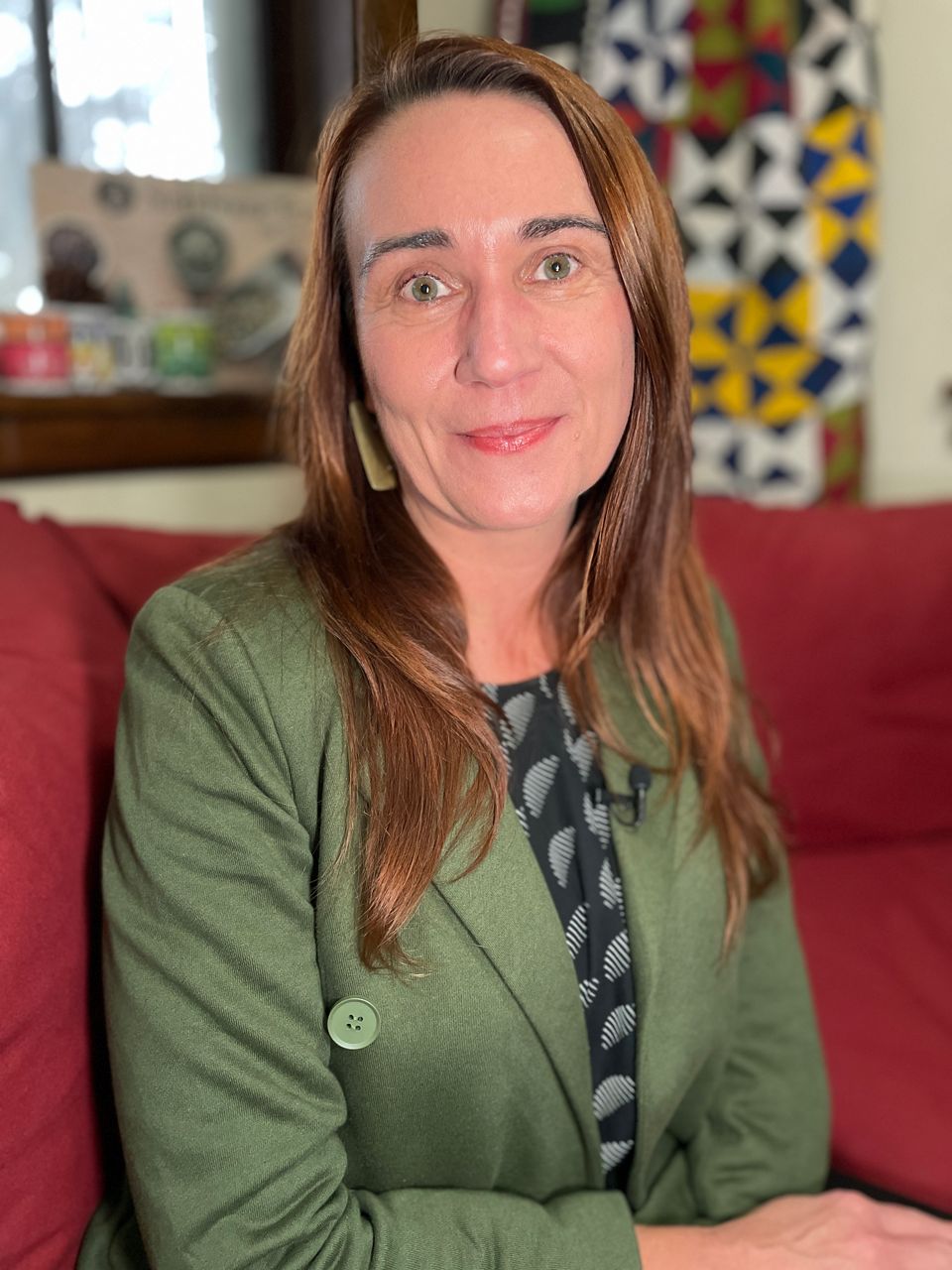
Kirsti Mouncey, president and CEO of the Collaborative to End Human Trafficking. (Spectrum News 1/ Taylor Bruck)
“Human trafficking is the exploitation of human beings for profit. And that is done by force, fraud, or coercion,” said Kirsti Mouncey, president and CEO of the Collaborative to End Human Trafficking. “A lot of people that fall victim to human trafficking are part of marginalized communities. They’re very vulnerable. So think poverty, think young people who have had prior trauma. I see a very high correlation of kids, or youth who are trafficked that are part of the foster care system or child welfare system. So there is a socioeconomic or emotional need that traffickers often meet, and then exploit that person with forced labor or through sex trafficking.”
One of the myths about human trafficking is that it often involves kidnapping or physically forcing someone into a situation. Mouncey said traffickers often use means such as tricking, manipulating or threatening people.
Mouncey said human trafficking can be hard to recognize. Most people have probably interacted with a trafficking survivor at some point.
“It is very prevalent, it is unrecognized or under recognized in many cases,” Mouncey said. “Trafficking victims are not snatched up by white van and kept in basements. Human trafficking victims walk among us in our community. They still go to school, they still go to the hospital, they visit emergency rooms. They go to the bank, they go to the grocery store, they get their hair done, their nails done. So we as community members, businesses, organizations can really play a big role in identifying victims of trafficking and break that cycle.”
According to a report from the U.S. Department of Labor, coffee, cocoa, tobacco, cotton and garments are some of the most common goods produced by forced labor worldwide. Mouncey said other products to be aware of include oil, rice, peppers, tomatoes and bananas.
“When the price seems too good to be true, there’s probably something else that is happening,” Mouncey said. “When we think of human trafficking, we often use the phrase that it’s greed meeting need.”
She said consumers’ purchases can help break the cycle. Being aware, knowing what product they’re using, can make a difference. She encourages people to look for Fair Trade symbols. The symbols mean the product(s) has been certified by organizations like Fairtrade America, Fair Trade USA and others.
She also encourages consumers to get curious, do their research and demand business owners be more transparent.
“Everyone has a role to play,” Mouncey said. “I think as consumers, we often don’t think about issues like human trafficking within the coffee we consume or the tea or the hot chocolate or the t-shirts we’re wearing. But what we want people to do is get curious, ask questions. Where’s my product coming from? How is it getting to me? Who are the people that are making it? And why is that price so low?”
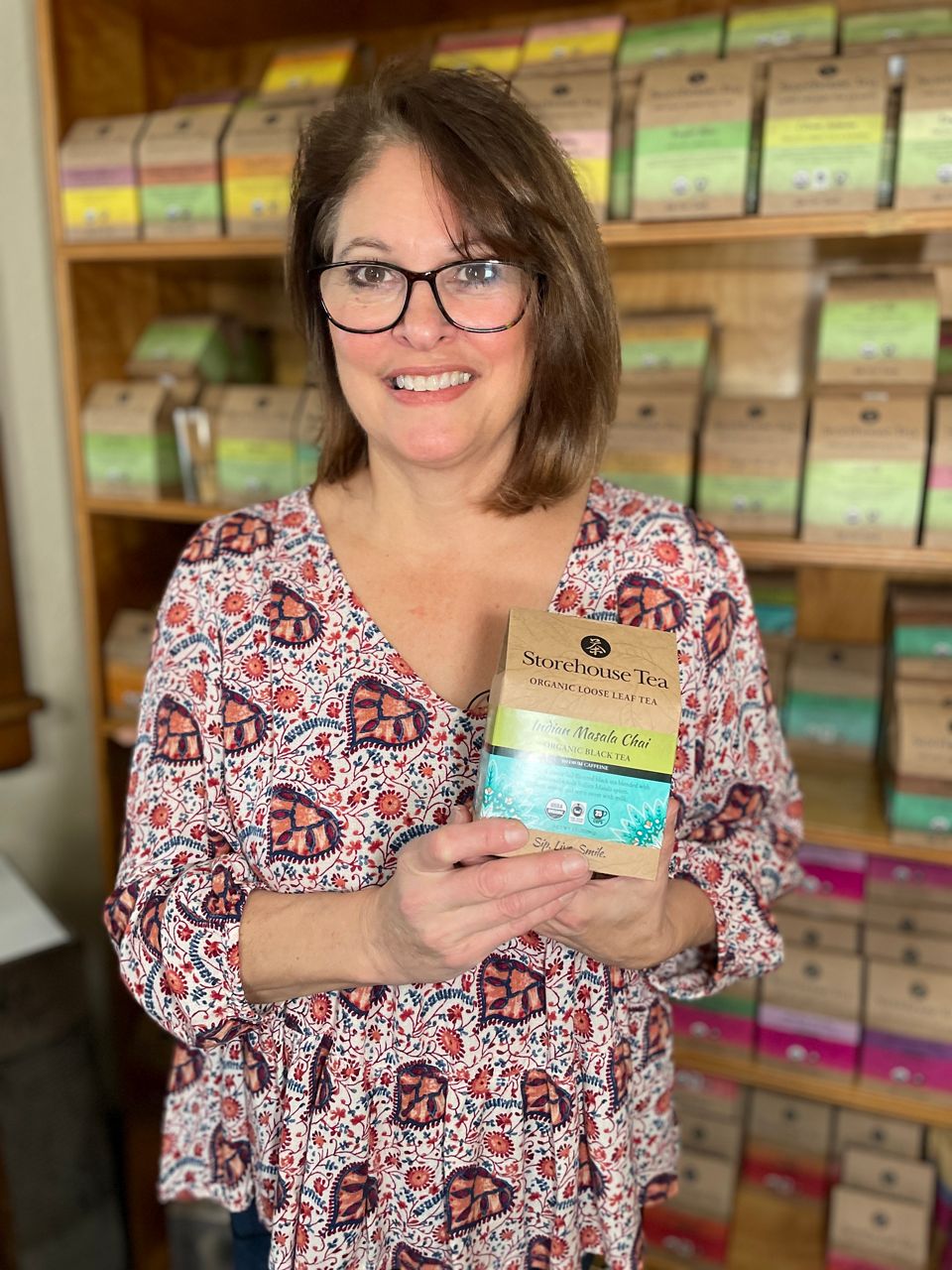
Paula Hershman, president and founder of Storehouse Tea. (Spectrum News 1/ Taylor Bruck)
While Hershman said she can’t find every ingredient through fair trade, she tries as much as she can. She also only partners with other companies who have a similar mission.
She said she pays more for the ingredients she uses, but the cost is worth it. Not only does she help consumers get a better product, but in return, they’re helping make the world a better place.
“It’s so much more worth it to have a product that’s made with excellence and paying people fairly for what they’ve done,” Hershman said. “I feel really proud of our team because of, you know, where we source from, how we blend and the people that we employ. Everything is very sustainable. And, you know, we just care about what goes into that whole product from start to finish.”
For a list of fair trade businesses in Ohio, click here.

